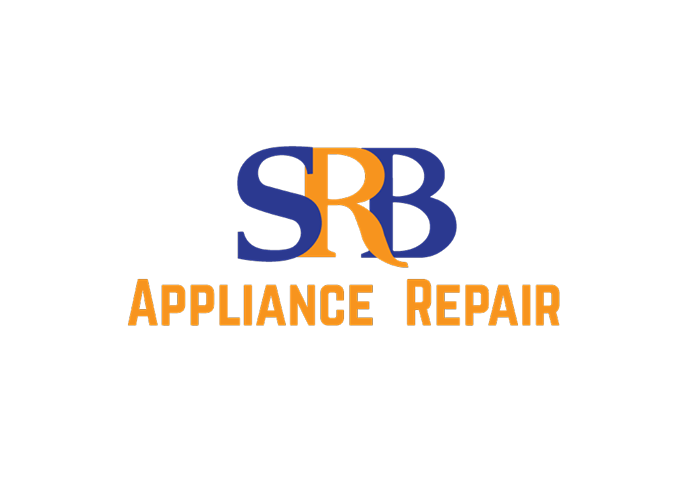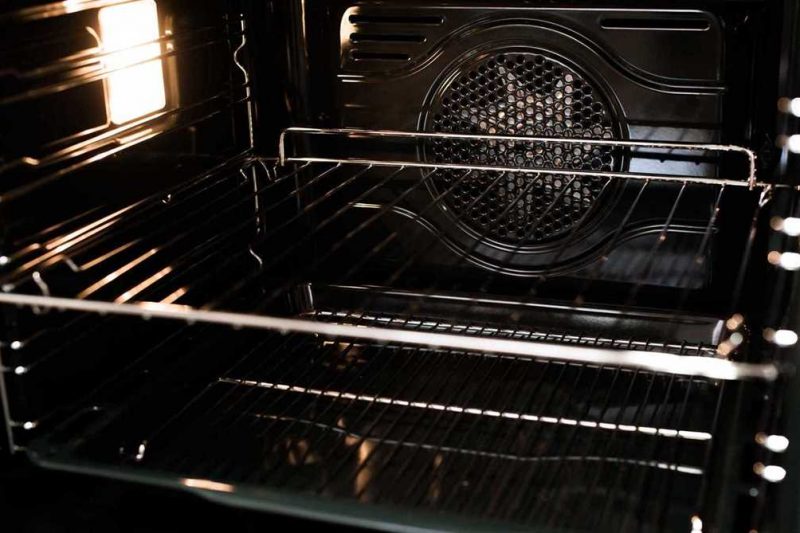When the lower component doesn’t operate in a conventional oven there are 5 possibilities you should consider: the control board, the fuses, the oven sensor, the bake element situated in the oven’s bottom, and the appliance’s voltage.
It’s possible to eliminate 4 of these probabilities with a few basic troubleshooting measures and simplistic tools: small bowl that contains connectors or screws, multi-meter, medium Phillips screwdriver, and medium common screwdriver. It also is an excellent idea to use cotton gloves while dealing with the baking element as it might be coated with burned food and rust. The helpful folks at SRB Appliance Repair, appliance repair service, offers some advice.
Testing Supply Voltage
The appliance’s voltage is the easiest thing to eliminate. Conventional ovens operate from a 220-volt source. That source is comprised of 2 (110-volt) phases. If one of its phases is missing, only 110 V is going to be powering your appliance. Lights, readouts, and clocks still may work, yet the heating elements won’t generate standard heat. In order to eliminate that probability, check your broiler element in the oven’s top or one burner. If your broiler element or burner doesn’t get to a normal high temperature there’s a 220-volt supply issue. Check the 2 circuit breakers that are ganged together inside the breaker box which is marked “Range or Oven” and attempt to reset the breakers. They’ll be 30 – 50-amp breakers. If that doesn’t correct the issue you ought to contact a licensed electrician to diagnosis your 220-volt supply issue.
Checking Bake Element
Before you check your bake element, make sure the power is off by turning your 30- to 50-amp breakers that are labeled “Oven” or “Range” to their “off” position, and unplug your range from its wall receptacle. Oftentimes, it is possible to reach the plug by taking off the drawer under the oven compartment. The baking element is situated inside the bottom of the oven. Within older ovens, it’s visible, yet in newer ovens, it’s under a removable cover. Normally, the bake element is fastened to the back of your oven compartment with 2 screws. Take off the screws that hold the element in place then softly pull the element forward in order to expose the wires that are attached to each part of it. Take off the wires from the element then attached bag clips in order to prevent the wires from falling or perhaps retracting through the back of your oven and inside the insulation. As you get the element disconnected, it is possible to take it off for a visual inspection. Search for any cracks, abrasions, or excessive corrosion. If you see any substantial defects, replace the element. If it looks normal, measure the resistance upon the Ohm scale using a multimeter. The element ought to measure around 15 – 45 ohms. If you measure over 100 ohms, you can replace the element.
Check Oven Sensor
Your oven sensor is a probe which measures actual oven temperature, as well as sends those details to the control board. Normally, it’s situated toward the upper part of the back of your oven. Follow the exact same procedure as stated for the bake element on your oven sensor, which includes the process of removal. The only difference between an oven sensor and bake element test is going to be its resistance value. The oven sensor resistance is going to vary with ambient temperature. Utilize your multimeter to measure the resistance, as well as ensure it’s under 5,000 ohms. The majority of oven sensors are within the 500- 1,500-ohm range.
Control Board and Fuse Inspection Check
Most ovens no longer utilize replaceable fuses. Look at the manual to check if there are any replaceable fuses inside the appliance. If so, it’s possible to use your multimeter to look at the fuse once it’s taken off. A good fuse is going to read 0 – 3 ohms. If the appliance utilizes a fuse and it measures more than 10 ohms, or is discolored, replace its fuse. The control board only can be tested with power on to your appliance. Therefore, it’s necessary to have a highly-qualified individual conduct this kind of testing. If you’ve reached this point within the process you ought to contact a certified appliance repair tech like SRB Appliance Repair today!

